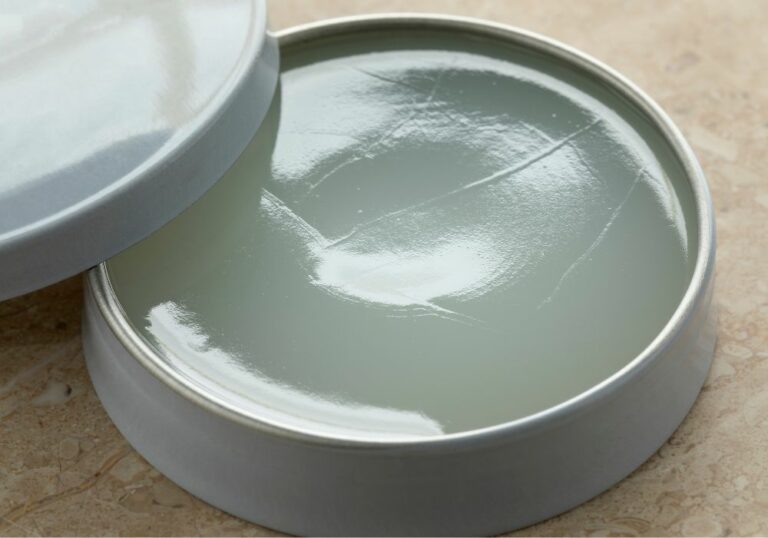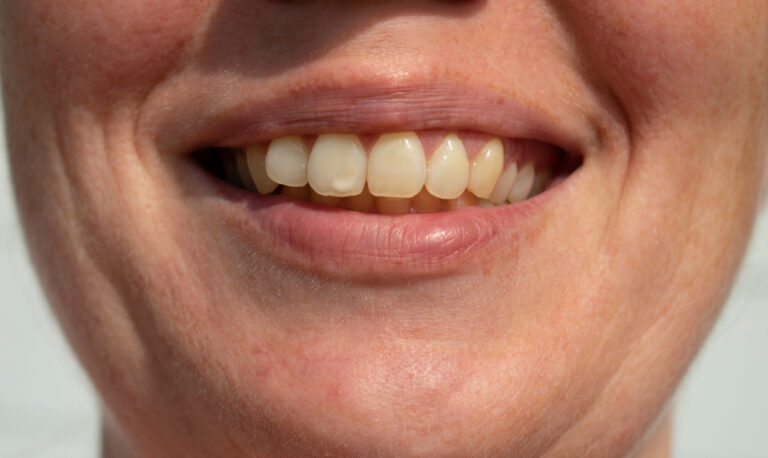Beavers are semi-aquatic rodents renowned for building dams and lodges out of sticks, logs, mud and rocks. Their large, orange front teeth are central to their engineering capabilities, as beavers use them to chop down trees and gnaw through wood. Beaver teeth are unique in that they grow continuously throughout the beaver’s lifetime, up to 5 inches per year. This allows them to keep a perpetually sharp, chisel-like edge for gnawing wood. But why don’t their teeth get worn down from all that chewing? Let’s take a deep dive into beaver tooth anatomy, composition, growth rate and evolutionary advantages to understand the specialized adaptations that allow beaver teeth to be self-sharpening and avoid wear and tear.
Detailed Beaver Tooth Anatomy
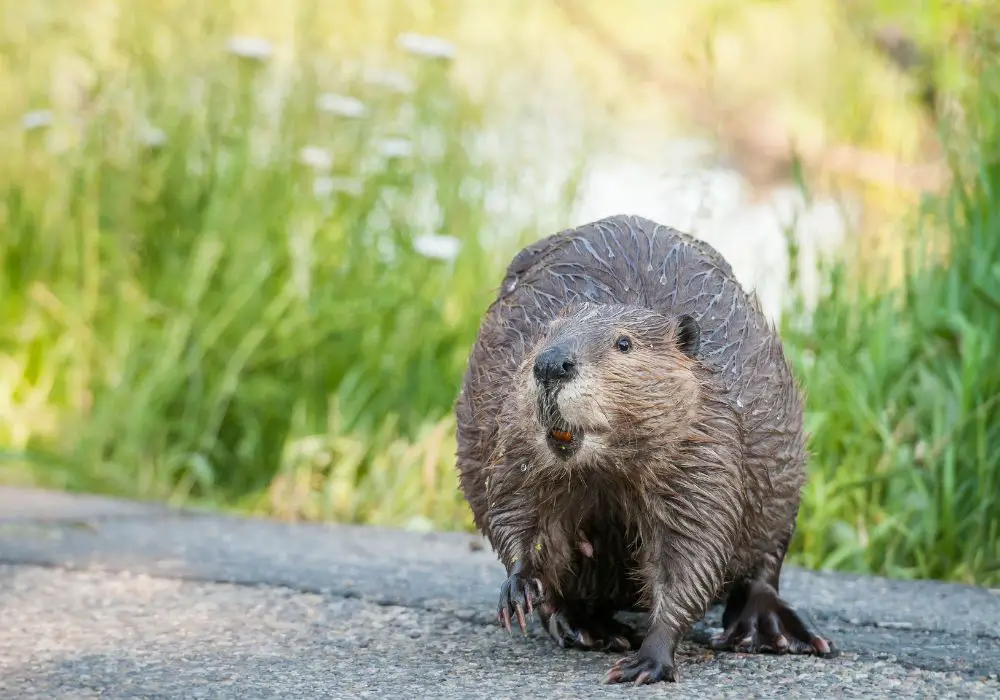
Beaver incisors have several key anatomical specializations that enable continuous growth without wear and decay over the beaver’s lifetime.
Thick Orange Enamel
The enamel surface of beaver teeth is coated in a thick layer of bright orange tissue. This enamel contains a high concentration of iron, which gives it extra hardness and strength compared to regular tooth enamel. The iron-reinforced enamel allows beaver teeth to chip away at wood without the enamel wearing down itself. It also provides protection for the softer dentin layer underneath.
Chisel-Shaped Angle
Beaver teeth are curved with the front surface wider than the back surface. This tapered shape creates a chisel-like angle of about 15-20 degrees. As the top enamel surfaces get worn down from daily chewing, this angle causes the bottom edges to continuously sharpen themselves. It essentially allows beavers to self-hone their teeth each time they close their jaws.
Tubule-Rich Dentin
Under the enamel coating lies a thick layer of dentin which forms the main bulk of the beaver’s teeth. Dentin contains thousands of microscopic tubules running through it which allow nutrients from the blood supply to permeate the teeth. This provides nourishment to stimulate constant tooth growth. The dentin wears down slower than the enamel due to the tubules. This helps maintain the enamel’s overhang and sharp edge.
Shock-Absorbing Cementum
Behind the dentin lies a layer of cementum. Cementum is more flexible than enamel and dentin. This flexibility cushions the teeth when the beaver gnaws on hard materials like wood or bone, preventing fractures and chips that could lead to tooth damage or loss. The cementum also contributes to continuous tooth elongation.
Vascularized Interior
Beaver teeth contain an extensive network of blood vessels inside them that deliver key nutrients like calcium, phosphorus and iron to fuel growth. The rich vascular system also carries away waste products. This creates ideal conditions for tooth cells to regenerate at a rapid pace.
Open Tooth Roots
Unlike human teeth, beaver incisor roots remain open throughout the beaver’s lifetime. This creates space for new dentin tissue to continuously form at the base and elongate the tooth. Older dentin gets pushed outward and up as more is added from inside the root. This endless supply of new dentin is essential for beaver teeth to grow indefinitely.
Beaver Tooth Growth Rate
Thanks to these specialized anatomical features, beaver teeth grow at an extremely fast rate.
- Beavers can grow up to 5 inches of new tooth length per year. This equals over 12 cm annually!
- For comparison, human teeth grow less than 4 millimeters per year.
- Squirrels grow about 1 inch of new tooth a year.
- Rats generate around half an inch of new tooth growth per year.
Among rodents, beavers stand alone in their ability to swiftly regenerate tooth tissue. No other rodent comes close to their tooth growth capabilities.
Durable Tooth Composition
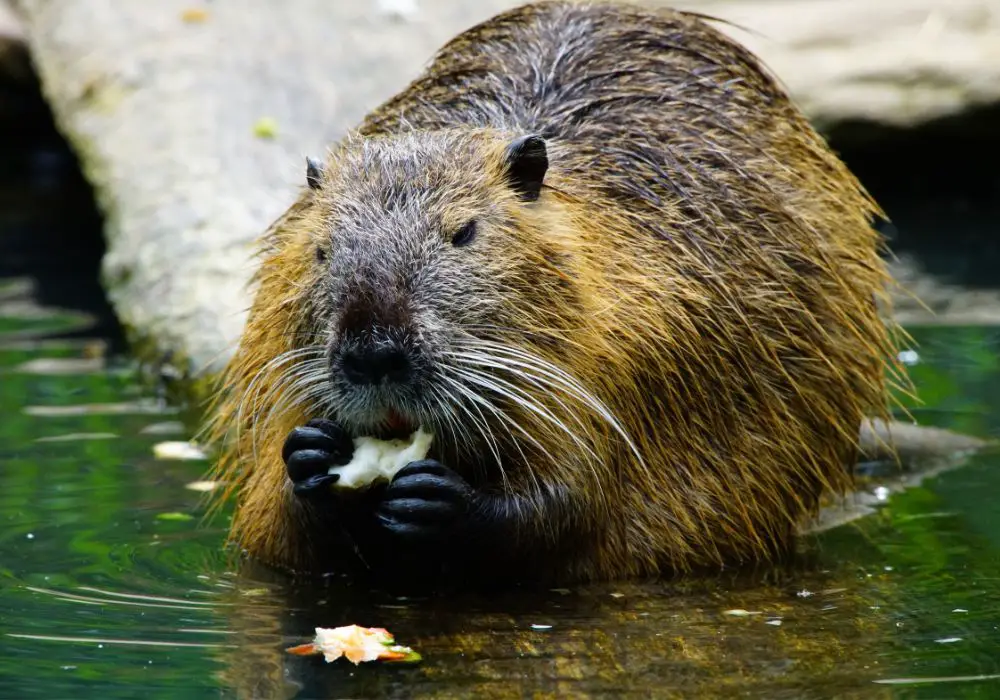
On top of unique anatomy, beaver teeth have a unique chemical composition that makes them ultra-resistant to mechanical wear and decay over time.
High Mineral Content
The bulk of beaver teeth consists of inorganic mineral material like calcium, phosphorus and magnesium. Minerals comprise over 70% of the teeth by weight. The high mineral content adds extreme hardness and resilience.
Iron Reinforcement
Beaver tooth enamel contains significantly high levels of iron – up to 7% of its total weight. Iron ions strengthen and harden the enamel to prevent fracture or abrasion during gnawing.
Natural Antibiotics
Beaver teeth contain certain antibiotics that inhibit bacterial growth. This prevents cavities and decay despite their high-sugar bark diet. The antibiotics help maintain tooth integrity.
Low Organic Matter
Less than 30% of beaver teeth is made of organic matter like collagen or keratin. The low organic composition minimizes deterioration pathways.
Continuous Growth Cycle
The combination of specialized anatomy and durable composition allows beaver teeth to follow a nonstop cycle of growth and self-sharpening throughout the beaver’s life.
Step 1: Gnaw
Beavers use their perpetually growing front teeth to gnaw on trees, branches, and other hard materials when building dams and lodges or accessing food. The top front enamel surface gets slowly worn down during this chewing process.
Step 2: Grow
In response to nibbling, nutrients supplied by the blood vessels and dentin tubules spur rapid regeneration of tooth tissue at the base of the tooth. This pushes the older enamel outward and creates new enamel at the tip.
Step 3: Repeat
This cycle repeats daily for the beaver’s lifetime. The teeth are continuously worn down slightly during gnawing but regenerated just as quickly from the base up. This endless loop allows the teeth to stay permanently sharp.
Evolutionary Advantages
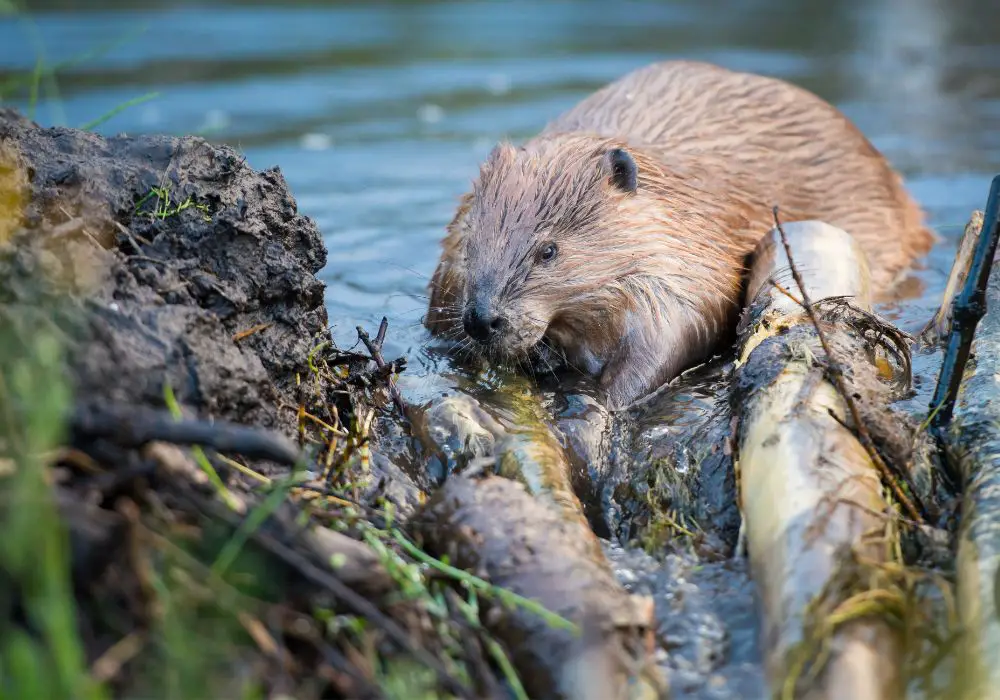
The beaver’s specialized teeth provide critical survival and reproductive advantages that explain why this unique trait evolved.
Food Access
Beavers need their ever-sharp teeth to access food year-round. Their teeth allow them to break the ice during winter and chew through tough tree bark, roots of aquatic plants, and other stubborn food sources.
Materials Harvesting
Sharp, strong teeth allow beavers to harvest branches, logs and vegetation to construct sturdy dams and lodges for protection from predators like wolves, bears or coyotes. Their teeth effectively provide the tools for engineering.
Territorial Defense
Male beavers use their teeth to defend mating territories from rival males during the breeding season. Continuously growing teeth keep them armed for conflicts over mates.
Longer Lifespans
Thanks to their teeth’s ability to self-maintain, beavers avoid dental problems that can lead to starvation, infection, or early death. This supports their average 10-12 year lifespan.
Genetic Transfer
Beavers born with optimal tooth anatomy and growth genes have higher odds of survival and reproduction. They pass down these advantageous traits to offspring, ensuring the continuity of the species.
Frequently Asked Questions
Here are some common questions about beaver teeth:
Q: How do beavers sharpen their teeth?
A: Beaver teeth sharpen themselves every time the beaver chews on wood. The front chisel edge wears down slightly while the softer dentin below wears slower. This creates a perpetual sharp biting edge.
Q: Do beaver teeth ever stop growing?
A: No, beaver teeth grow nonstop throughout the beaver’s entire life. The growth rate slows in old age but does not completely halt.
Q: How many teeth does a beaver have?
A: Beavers have a total of 20 teeth – 4 prominent orange incisors in the front used for chewing, and 16 posterior teeth (premolars and molars) for grinding food.
Q: Do beaver teeth grow from the base?
A: Yes, beaver teeth grow from the open root at the tooth base and push the older worn enamel outward and up. New dentin continuously forms inside the base to elongate the tooth.
Q: Could beaver tooth adaptations be used in human dental care?
A: Researchers are studying the potential to mimic beaver tooth enamel, mineral content, and endless growth cycle to improve dental restorations and replacements for humans. However, more research is needed.

